For all employers, the new overtime rules go into effect December 1, 2016. Here is a quick video from our friends at the Department of Labor that summarizes the rules nicely through multiple examples.
https://www.youtube.com/watch?v=D84T6z9Njpg
Here is a summary form of another example that hopefully makes it easier to understand.
Employee X works a consistent 50 hour week, and they earn $40,000 per year. There are 3 options that could happen with the new overtime rule.
1. For those hours in excess of 40 for the week, they are to be paid overtime for those hours worked at time and a half.
2. The employer could choose not to pay overtime and raise the employee’s salary to $47,476 per year, which is the new threshold.
3. Cut the employees hours back to 40 hours per week so that they don’t earn any overtime. Thus offloading the employees burden, giving them more free time and a new work life balance.
The old salary threshold was $23,660 per year so it has a little more than doubled. If someone works say 2200 hours per year at $40,000 per year, the employer would have to choose the best method on whether or not to raise the salary to $47,476 or pay the overtime. Here is the math on this possible scenario.
$40,000 per year / 2080 hours (40 hours per week) is $ 19.23 per hour.
Time and a half is $ 28.85 per hour. ($19.23 x 1.5)
120 extra over time hours (based on 2200 hours worked) at $ 28.85 per hour is an additional $3,462 in salary for the employee.
The employee now gets $43,462 and is under the threshold of $47,476. In this scenario, the employee is rewarded for the overtime they have worked, and the employer is compliant with the new overtime rules. Employers are going to need to be cognizant of the new rules to make sure that they are compliant and to determine what is the best option for them and their employees.
If you have any questions about the information above, or have any other questions related to you becoming our valued payroll client, send us an email at info@btandcocpa.com or give us a call at (785) 234-3427.

